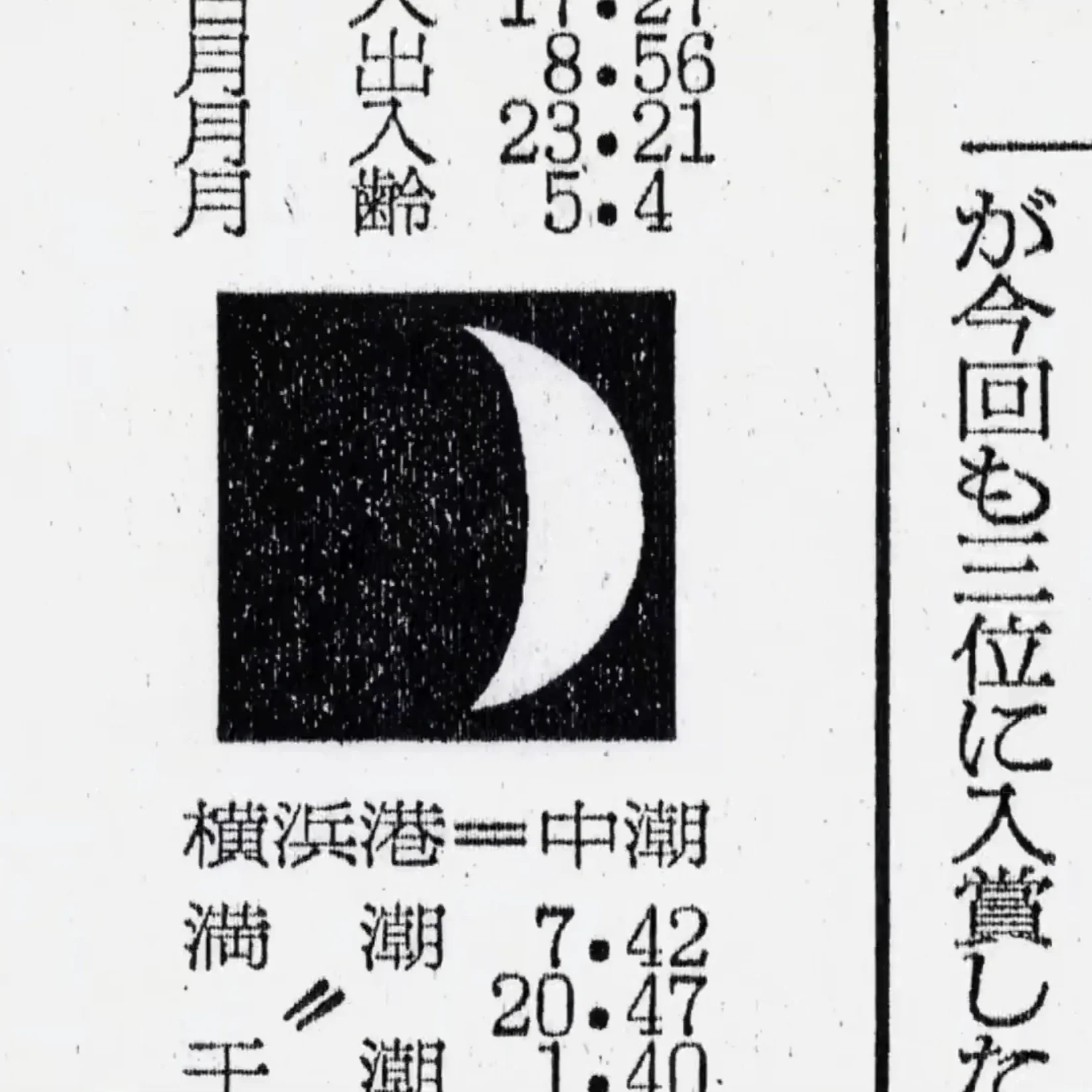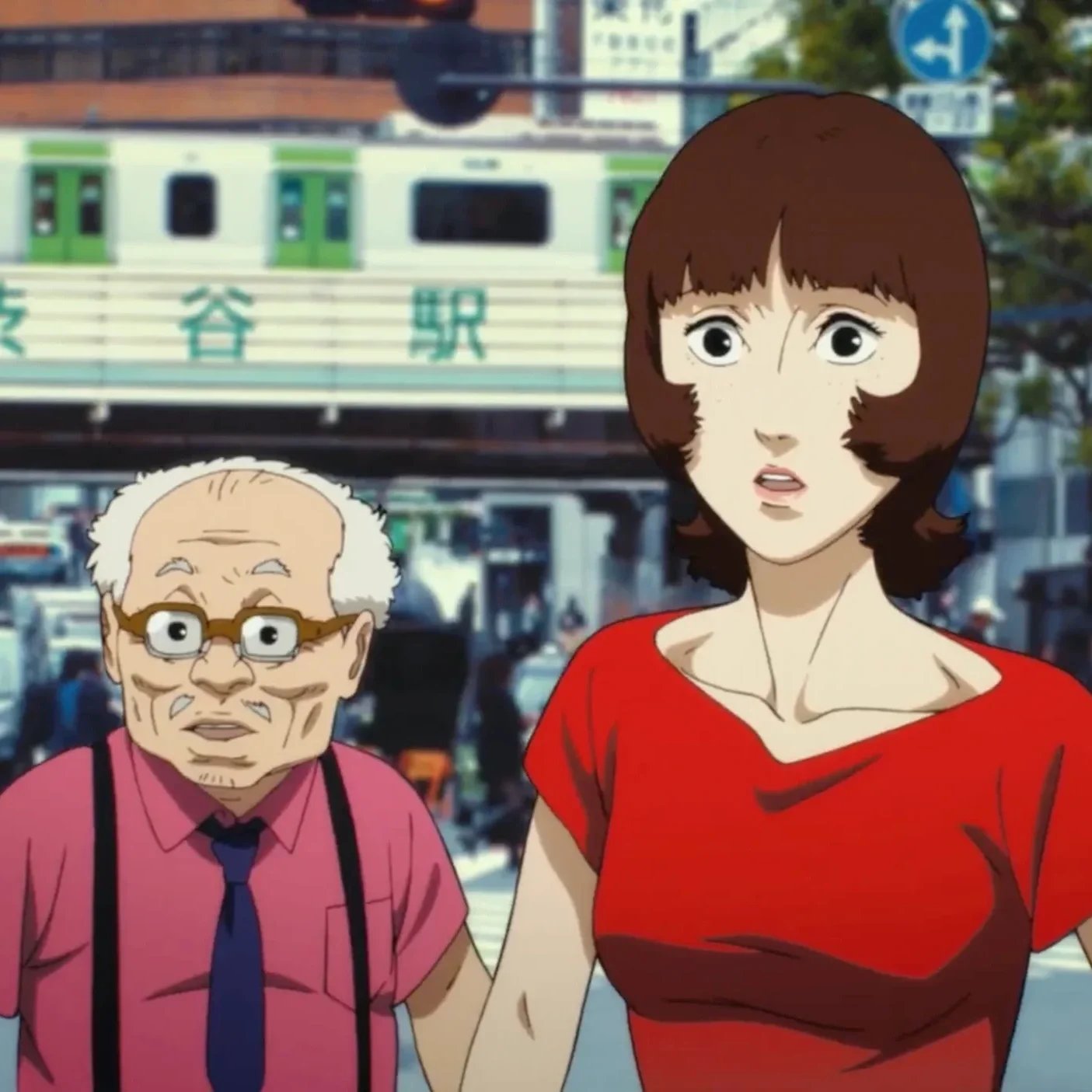Snatcher - Hideo Kojima's ode to Blade Runner
still from Snatcher’s opening scene
“This story is dedicated to all those cyberpunks who fight against injustice and corruption every day of their lives”.
These legendary words decorate the opening of Snatcher. Although the game didn’t break through in the West, it remains one of Hideo Kojima’s revolutionary titles that laid the foundation for many of his future work like Metal Gear Solid.
The story
Snatcher is a cyberpunk detective game. You take on the role of Gillian Seed, who, along with his wife, was placed under protective custody several years prior to the game's events. Their memories from before they were taken into custody are lost. In an attempt to regain them, Gillian becomes a junker to pursue the only lead he has to his past: “Snatchers”.
Gillian Seed
Snatchers are bioroids that kill humans and take their place in society by covering themselves in human skin. By becoming a junker, Gillian’s main task is to hunt down these human killing robots. He does this with his loyal companion, Metal Gear MK. II, who also makes his entrance in the Metal Gear Solid series
The ode to Blade Runner
The first version of Snatcher was released exclusively in Japan in 1988, six years after Ridley Scott’s Blade Runner came into existence. Hideo Kojima was a major fan of the movie, so much that he reflected major references into his work. The influences become clear when we take a quick look into the dystopian world of Snatcher.
Take the depiction of Kojima’s dystopian Neo Kobe versus Scott’s Los Angeles in Blade Runner. Massive triangular buildings don’t just make it to the middle of your cityscape by accident.
Or place the Blade Runner Spinners next to the Turbocycles from Snatcher. Based on looks alone we can give it a “not-inspired-by” stamp. But then we take a look at how both vehicles take-off and, well, judge for yourself.
Last one, a comparison between the Blade Runner police HQ and the Snatcher Junkers HQ.
Kojima went further than inspiration, to the point where some say he blatantly copied the movie , combined it with Terminator, and made it into a game. Although he never denied the massive influence Blade Runner had on his game, there is something profound about Snatcher, something that sets it apart from Blade Runner and its obvious references: The story.
Snatcher is more than a game, it’s a captivating story about a man who leaves everything behind for the small chance to regain the memories of his loved one. You join Gillian on his quest for the truth that might win back his future. Kojima might have (re)created the world through the eyes of a sci-fi fanboy, but he definitely did it with the deepest respect and admiration for Ridley Scott’s dystopian world.
Censorship
Snatcher never made its way to the West. The game was released in different versions over the years, starting in Japan in 1988. In 1995 the game was introduced in Europe, one year later in North-America, both on Sega CD. Due to the fact that the Sega CD was hiding in the shadows of Sony’s Playstation 1 that was released in 1996, Snatcher didn’t reach a mainstream audience outside of Japan. Unfortunately the game never made it onto the playstation format. Well it did in 1996, but again as a Japan exclusive release.
What’s interesting about all these versions is the shift in the levels of censorship between the Japanese and Western editions. At one point in the game, you walk in on Katrina, the 14 year old daughter of your former partner, while she is taking a shower. In the original version you can see her butt naked, which as you can imagine was censored in the West. On top of that, they made the character Katrina 18 instead of 14 years old in de Western Sega CD release and the Japanese Playstation 1 release.
The same goes for the facial features of the actual Snatchers. While it’s obvious these digital creatures were inspired by Terminator, slight adaptations were made to hide the crystal clear references. The eyes were changed from red to green, as well as green body sections were added.
There are some more subtle and less subtle censorship alterations in the various game versions, mainly to hide some gore and nude scenes that appear in the original version. Although some scenes might shock you less visually due to censorship, the storyline itself remains untouched.
Great artists steal
And it’s hard to deny that’s exactly what Hideo Kojima did here, with class. In a time where copyright laws weren’t as strict as they are today, Kojima molded his influences into a visual storytelling masterpiece that deserves way more attention than it did. The hype is kinda over, and has been for about 30 years. But luckily for you, the year is 2023, and we spoiled brats can play almost every retro game straight from our browser. So little tip from us: Google “play snatcher online”, and discover this genius piece of gaming history first-hand.
Gillian and Metal Gear on patrol




















How Hideo Kojima redefined gaming with innovative storytelling and cinematic gameplay.